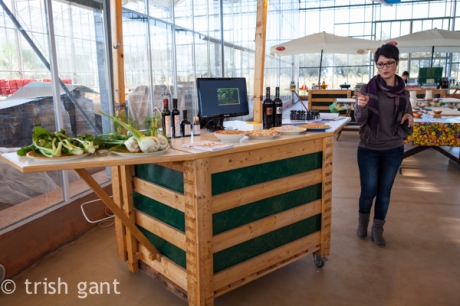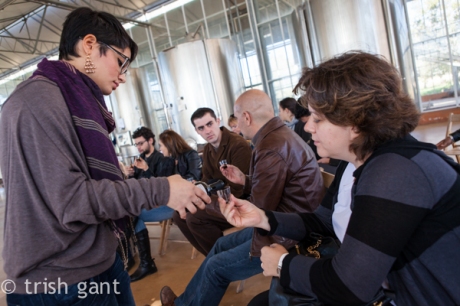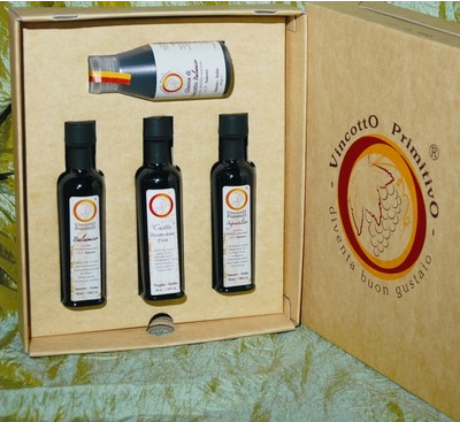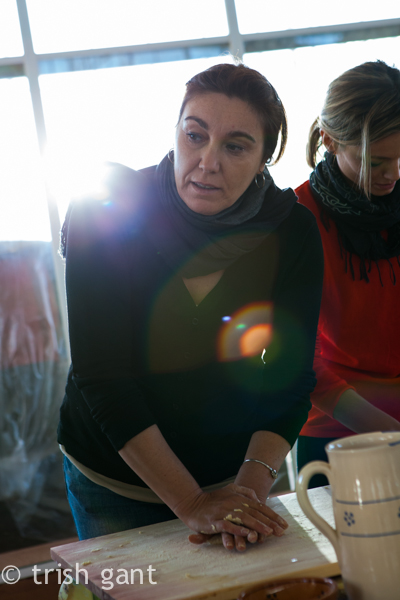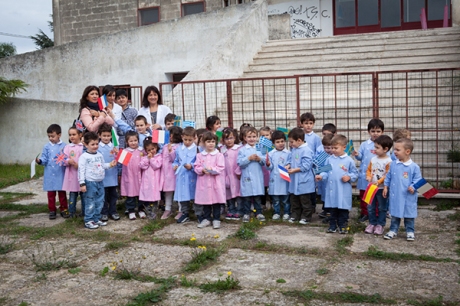One of my favourite Italian recipes is Melanzane Parmigiana. A lot of people have difficulty knowing what to do with aubergines, and I know what they mean….they can be tasteless and rubbery. Here, chef Domenico Maggi, explains how to make his delicious version.
Ingredients:
Fresh whole aubergine, medium sized – one per person should be enough.
Virgin Olive Oil for deep frying (Domenico says that if you can’t use that, the second best is ground nut oil).
Virgin Olive Oil for general cooking – a good glug.
Several cloves of garlic (how much you add is down to personal taste).
Several slices of bread.
Handfuls of fresh Basil and Parsley.
A couple of teaspoons of pickled capers, rinsed.
2 beaten eggs to bind.
Ground black pepper.
Canestrato or Pecorino cheese, grated.
Start with the aubergine and slice each fruit in two. Remove most of the the flesh from the centre of each half with a large spoon or knife, but leave a thin layer (about half a cm) lining the skins so they don’t fall apart during baking.
Deep fry the aubergine skins in olive oil for a few minutes, then drain. (Domenico uses virgin olive oil in the fryer no hotter than 180 degrees. Smoking point is 190, after which the oil’s structure can be damaged and becomes unhealthy to consume.) Put aside to cool, ready for filling.
Chop the remaining aubergine flesh into small pieces. Peel, crush and chop several garlic cloves. Heat virgin olive oil in a wok-type pan and fry the garlic until just golden. Add the chopped aubergines. The oil will be quickly absorbed by the spongy flesh, and it might seem dry, but don’t over do it as weirdly, once the flesh is cooked, the oil returns to the pan.
Take a large baking tray and decant the cooked aubergine into it. Leave to cool – shouldn’t take too long.
Take several slices of bread, remove the crusts, and roughly chop into large cubes. Next, chop up large handfuls of fresh parsley and basil. (If you don’t have these, adding any other fresh herbs will also work.) Rinse a handful of capers to remove the pickling vinegar. Throw this all into the mix. Then add 2 beaten eggs and mix the whole lot with your hands into a lumpy filling. Season well with ground black pepper.
Next, stir in a couple of large handfuls of grated Canestrato (this is milder that Parmesan, similar to Pecorino, made from cow’s and sheep’s milk). I like the hands-on mixing thing – no need for extra washing up!
You shouldn’t need to add any extra salt, as the cheese does the job for you.
Now – back to the aubergine skins waiting in the baking tray….sprinkle a little cheese over them. Then push the mix into each half to the top. Once they’re all filled, you can sprinkle more grated cheese over the top to make a delicious crust. Set aside till needed and bake for around 20-30 minutes at 180 until golden and the aubergine halves are soft and just starting to collapse. A delicious aroma should fill the room.
Try serving with a basic Provençale style sauce on the side. Heaven.







































































